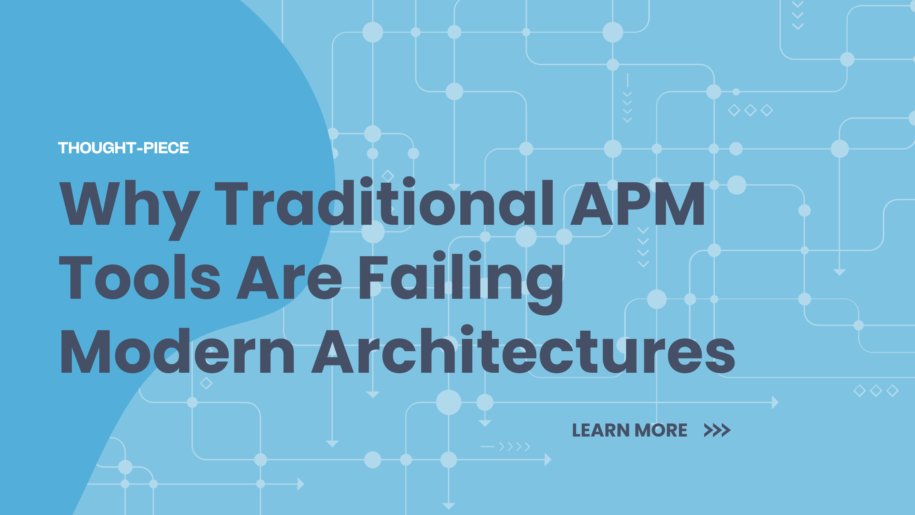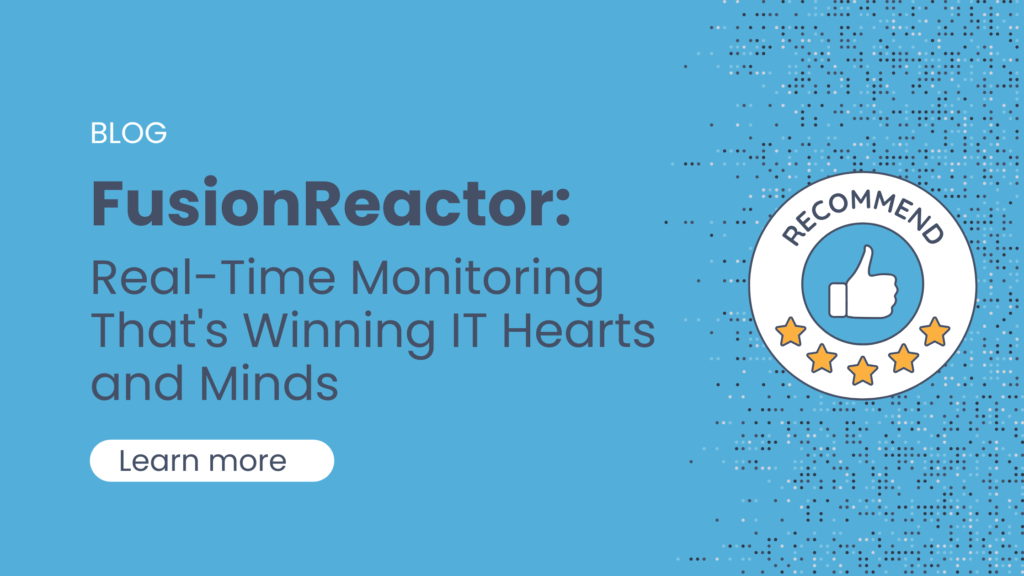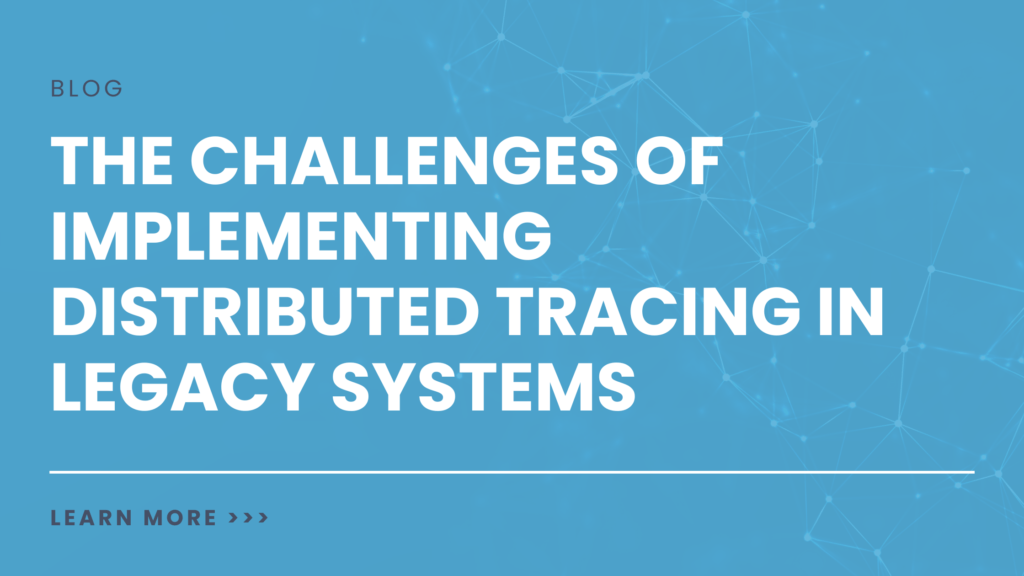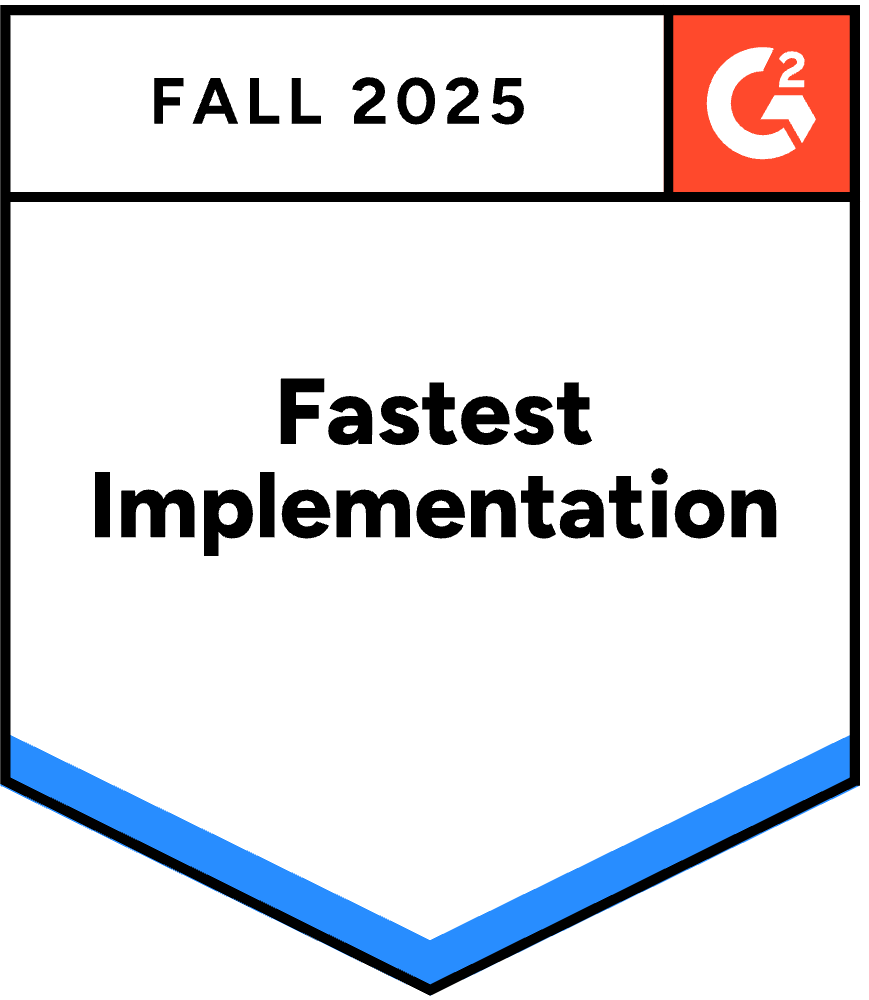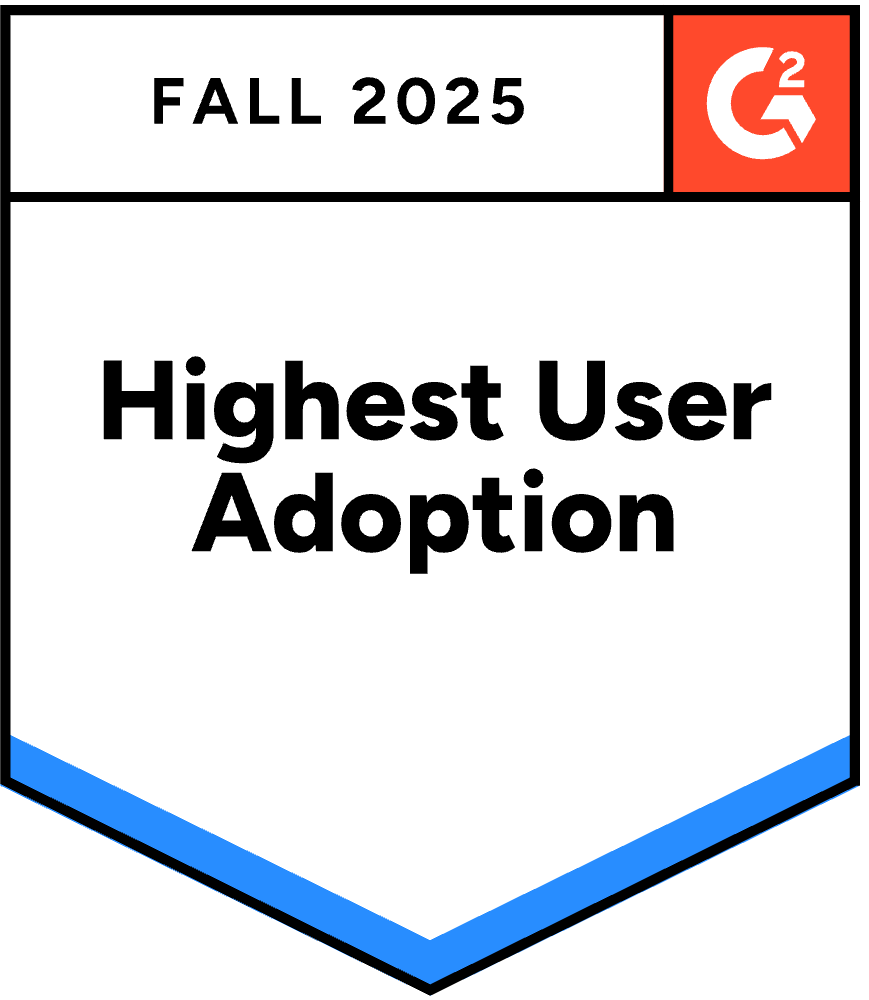The landscape of application development has undergone a seismic shift in recent years. Why are traditional APM tools failing to keep pace as organizations rapidly adopt cloud-native technologies, microservices, and containerized applications? This disconnect is creating significant visibility gaps that threaten both operational efficiency and user experience.
The Limitations of Legacy APM Solutions
Traditional APM tools were designed for monolithic applications running on static infrastructure. Today’s dynamic, distributed systems expose several critical limitations in these conventional monitoring approaches:
1. Limited Visibility into Containerized Environments
Contemporary applications often run in containers that are ephemeral by nature. Legacy APM tools struggle to:
- Track containers that spin up and down rapidly
- Monitor orchestration platforms like Kubernetes
- Maintain performance data across container lifecycles
2. Incomplete Microservices Monitoring
Modern architectures built on microservices present unique challenges:
- Service-to-service dependencies become increasingly complex
- Traditional transaction tracking breaks down across service boundaries
- Network latency between services goes undetected
- Distributed traces become fragmented or lost entirely
3. Cloud-Native Blind Spots
As applications move to the cloud, traditional APM tools face new obstacles:
- Limited visibility into serverless functions
- Inability to monitor cloud service integrations
- Poor understanding of auto-scaling events
- Lack of insight into cloud resource utilization
The Cost of Using Outdated APM Tools
Organizations relying on traditional APM solutions face several significant challenges:
Increased Mean Time to Resolution (MTTR)
Without comprehensive visibility, teams spend more time identifying and diagnosing issues, leading to:
- Extended downtime periods
- Frustrated users
- Lost revenue
- Damaged brand reputation
Resource Waste
Traditional tools often:
- Consume excessive system resources
- Generate unnecessary overhead
- Provide redundant or irrelevant data
- Miss critical performance bottlenecks
The Need for Modern Observability
Today’s architectures require a fundamentally different approach to monitoring and observability:
1. Unified Data Collection
Modern solutions must seamlessly gather:
- Metrics from dynamic infrastructure
- Logs from distributed services
- Traces across service boundaries
- Real-time performance data
2. Intelligent Analysis
Advanced observability platforms should offer:
- AI-powered anomaly detection
- Automated root cause analysis
- Predictive performance insights
- Business context integration
3. Scalable Architecture
Modern tools need to:
- Handle massive data volumes
- Scale automatically with your application
- Maintain performance under load
- Adapt to changing environments
Making the Transition
Organizations looking to modernize their monitoring approach should:
- Assess Current Gaps
- Identify blind spots in existing monitoring
- Evaluate current tool limitations
- Document monitoring requirements
- Plan for Evolution
- Consider gradual migration strategies
- Evaluate modern observability platforms
- Prepare teams for new approaches
- Implement Modern Solutions
- Choose tools designed for cloud-native architectures
- Prioritize full-stack observability
- Focus on actionable insights
Conclusion – Why Traditional APM Tools Are Failing
The failure of traditional APM tools in modern architectures isn’t just a technical issue—it’s a business problem that affects the bottom line. Organizations must evolve their monitoring approach to match their modern architecture or risk falling behind. The future belongs to intelligent observability platforms that can handle the complexity of today’s distributed systems while providing actionable insights for better business outcomes.

